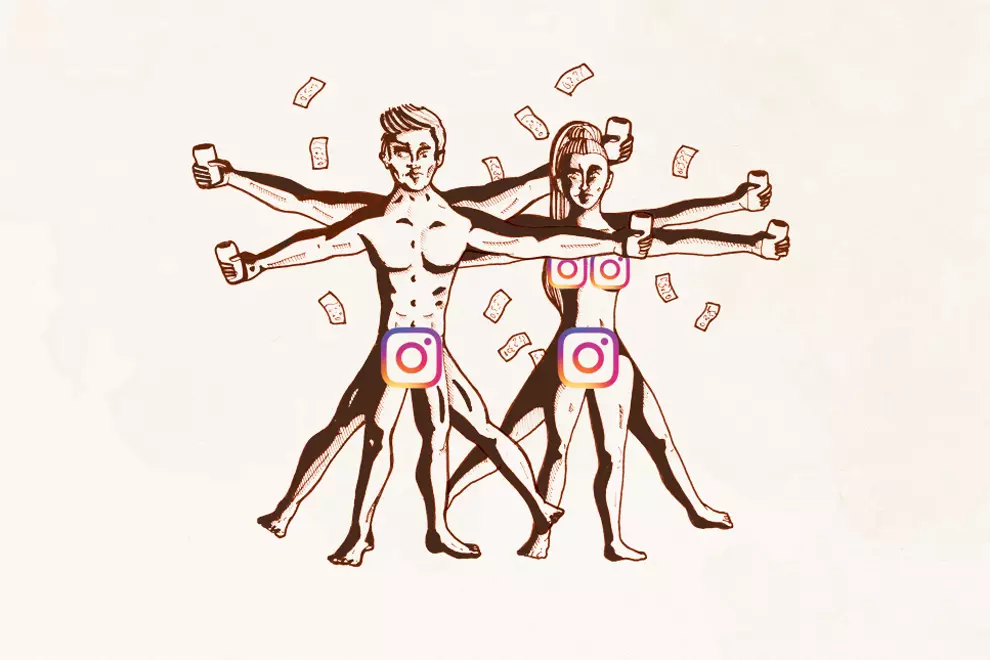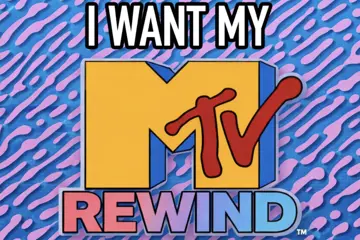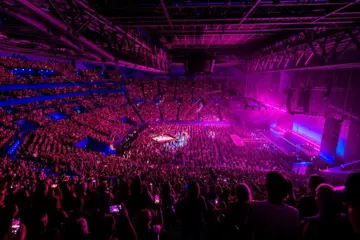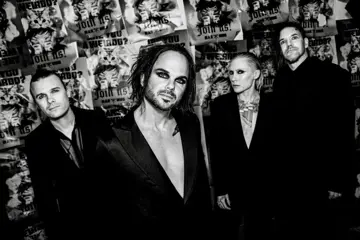The advent of the digital age has gone hand in glove with an unprecedented evolution in human behaviour, and of the various paradigm-shifting advances to have emerged in recent decades, easily the most powerfully altering to the status quo has been social media.
Most of the digital portals we use to document, share and curate our daily lives were founded with straightforward and blue-sky ideals in mind. And yet, from these humbly pure beginnings, it’s no hyperbole to say the major digital networking platforms have become cornerstones of our civilisation, radically shifting the ways we engage with the world, develop our values, and express our beliefs. And oftentimes, in ways that are far less wholesome than their architects intended.
TheFacebook was created in 2004 as a way to share photos and digitally connect with friends. Today, Facebook is one of the most potently calibrated marketing tools ever created, with a captive audience of billions of consumers worldwide.
Twitter had even simpler aspirations when it was founded in 2006, originally conceived as an SMS-style way for people to keep their nearest and dearest up to date with their experiences. Now, it’s become an unfettered pulpit for world leaders and firebrand antagonists alike, making it arguably the most volatile arena of political and social discourse in human history.
Don't miss a beat with our FREE daily newsletter
The reason that social media’s reality has tended to drift from its original intention is down to one simple factor: humanity’s innate capacity for opportunism. As much as social media has altered our behaviour, our behaviours have also altered social media, as unexpected viral bonanzas have opened up new frontiers for commercial and social gain.
Indeed, the most committed social media Svengalis have been able to pioneer an entirely new kind of career, as influencers, literally transmuting popular kudos into cash.
But as with any process of evolution, the rules of survival of the fittest apply, or as has proven the case for photo-sharing site Instagram, survival of the thirstiest.
Less than a decade since its launch in October 2010, Instagram has become the kingmaker for influencers, catapulting its most-followed users to celebrity status. A sure-fire method for cultivating the global following essential to an influencer’s cache has capitalised on the evergreen marketing maxim: sex sells. Instagram has strict content rules prohibiting overt eroticism, but this hasn’t stopped millions of influencers from flashing some flesh, using sexually suggestive images as bait for potential followers. However, a new commercial opportunity has entered orbit around Instagram, taking the “thirst-trap” phenomena to the next level.
OnlyFans is, in some respects, not unlike Instagram; a platform for sharing photos and videos with followers. Where it differs is in the nature of its content and how that content is monetised. Subscribers to individual profiles pay between $5 to $20 a month to access pics and vids too risque for Instagram, ranging from softcore naughtiness to hardcore kink.
A relatively new addition to the social media ecosystem, launched in 2016, OnlyFans was not originally developed as a porn portal. But as has been the case for almost every social media platform, opportunism altered its DNA; for sex workers and performers working in the adult entertainment industry, the synergies were self-evident.
"There are certain question marks over its business model, how it protects its consumers, ensures quality control, avoids infringing international laws and how its 'earners' declare their income to various tax entities."
What has been more surprising, however, is how widely it has been embraced by social media influencers with no prior experience of producing adult content, with fitness professionals in particular peddling X-rated content alongside their family-friendly gymspiration.
A perfect example of this is OnlyFan’s highest earner. Jem Wolfie is based in Perth and began her online career as an influencer on Instagram, attracting more than 2.5 million followers with her fitness and vegan diet blogs. While her OnlyFans following may be smaller, it is wildly lucrative; more than 10,000 subscribers pay $US9.99 a month for access to her channel. Far from being explicitly pornographic, most of her posts are just slightly racier versions of her Insta-content, but on both platforms, critics could call foul of the objectification of a young woman’s body. Wolfie, on the other hand, disagrees, citing in several interviews that being in control of her content, understanding what her viewers want and how far she is prepared to go, is in fact empowering.
For the porn industry, OnlyFans is yet another blow to its economic stability in the digital age. Yet for adult performers, it has created a means of attaining professional agency in a way that would have been unimaginable a decade ago. Whereas sets, crew, editing and production costs required the backing of moneyed studios, today, anyone with a decent smartphone can be their own pornographer, in control of their content and its distribution. Adult performers have flocked to OnlyFans, and unsurprisingly, competitor sites riffing on the OnlyFans model have also proliferated over the past couple of years to support this boom.
However, while the advantages of OnlyFans for its content creators appear numerous, there are certain question marks over its business model, how it protects its consumers, ensures quality control, avoids infringing international laws and how its “earners” (as OnlyFans content creators are tellingly known) declare their income to various tax entities. Largely, these unanswered questions exist in the fog of an uncharted digital territory. What does seem clear, however, is that the next major digital trend will emerge from somewhere quite unexpected.
















